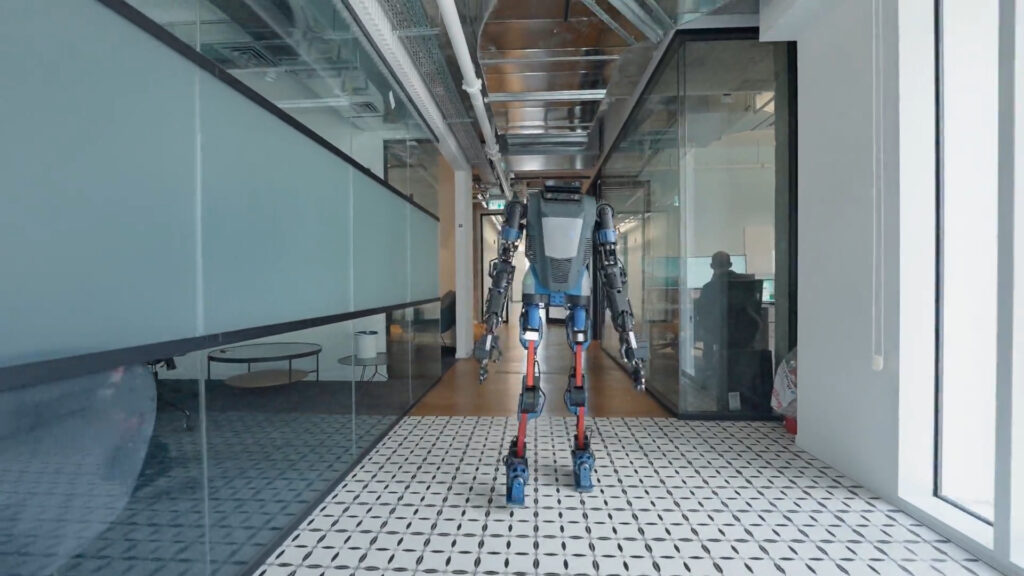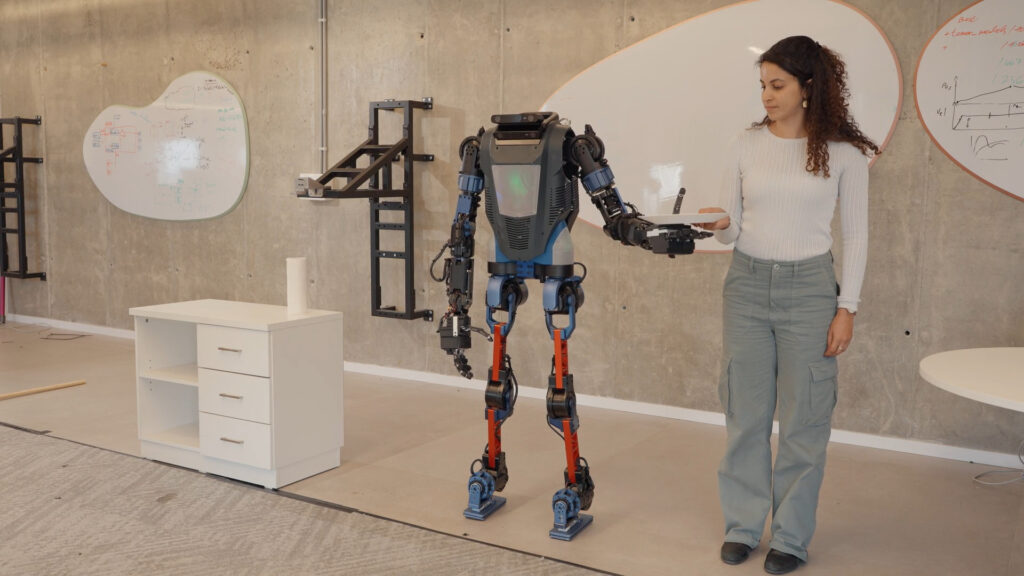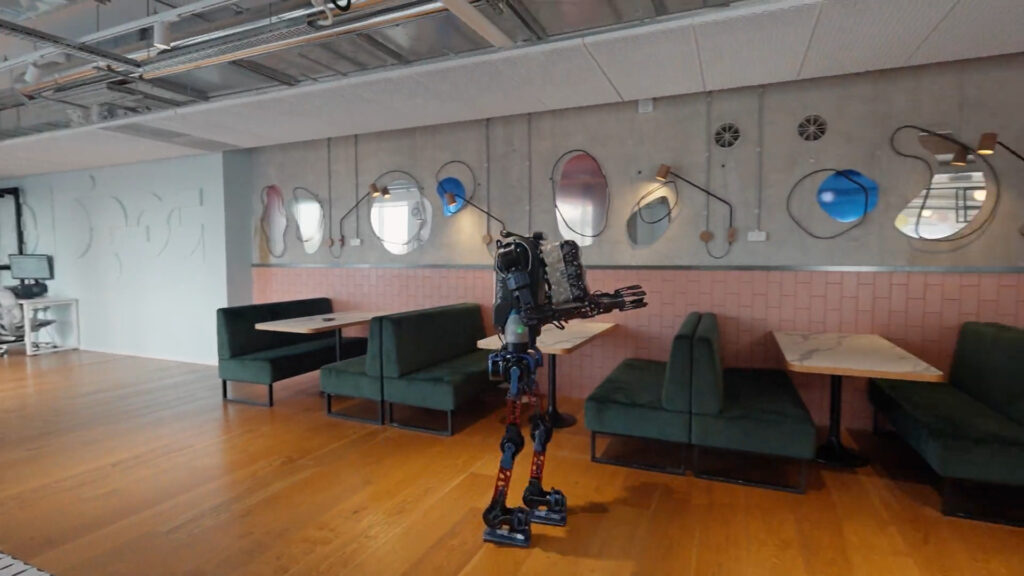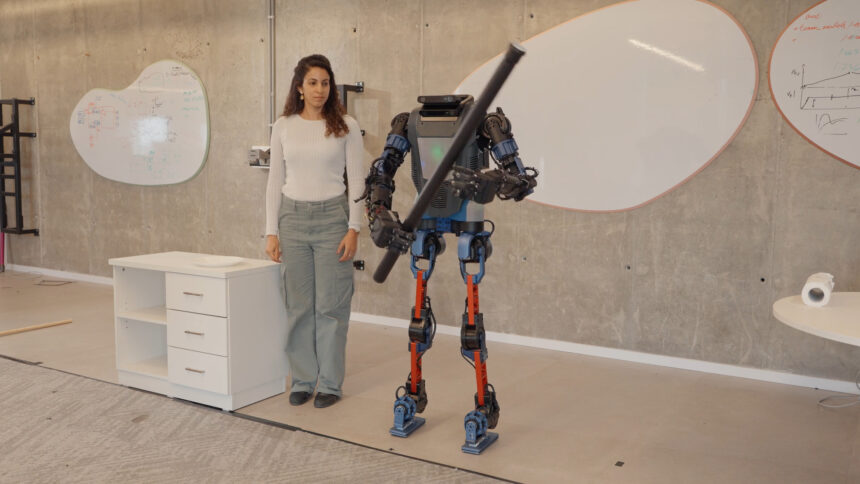Today marks a significant moment for Israel-based Mentee Robotics, co-founded by Mobileye and AI21 Labs veteran Amnon Shashua, as it steps out of stealth mode. The company unveiled its latest creation, Menteebot, a humanoid robot designed with a focus on both household and warehouse applications. Unlike traditional approaches, Menteebot is built from the ground up with an AI-first strategy, integrating technologies such as transformer-based large language models (LLMs), akin to those popularized by OpenAI’s ChatGPT.
Menteebot is distinct in the landscape of humanoid robots which have historically concentrated on enhancing physical interaction capabilities such as human-like movement and manual dexterity. This new prototype, however, leverages AI across all operational layers, enabling it to interpret verbal commands and execute complex tasks involving locomotion, scene comprehension, and object interaction. A released video demonstrates these capabilities, showing the robot processing and executing tasks in a dynamic environment.

The innovative approach of Menteebot involves three sophisticated levels of AI integration. Initially, it employs transformer-based LLMs to understand and plan the steps necessary for task completion. It then generates a real-time 3D cognitive map of its surroundings using NeRF-based algorithms, facilitating dynamic path planning and obstacle avoidance. Lastly, the robot executes these plans using a simulator-to-reality (Sim2Real) approach, translating simulated actions into precise physical movements.
Amnon Shashua articulated the vision behind this technology, stating, “We are on the cusp of a convergence of computer vision, natural language understanding, strong and detailed simulators, and methodologies on and for transferring from simulation to the real world. At Mentee Robotics, we see this convergence as the starting point for designing the future general-purpose bi-pedal robot that can move everywhere (as a human) with the brains to perform household tasks and learn through imitation tasks it was not previously trained for.”

Although the current prototype requires sequential commands to perform tasks, such as moving items in a kitchen, the vision for Menteebot is to evolve into a more autonomous unit capable of executing more complex directives in a single command. The final product, expected to be market-ready by the first quarter of 2025, promises camera-only sensing, advanced proprietary electric motors for enhanced dexterity, and an integrated AI system.
While Mentee Robotics has set a bold vision for its AI-driven humanoid, it is not alone in this field. Competitors like Tesla, Figure AI backed by OpenAI, and 1X Technologies are also actively developing AI-powered humanoids. Furthermore, Nvidia’s Project GR00T offers a foundational model that supports various industry players, including Agility Robotics and Boston Dynamics, now under Hyundai, which has also just unveiled its new all-electric Atlas humanoid robot for automotive and industrial uses.

The race to deploy effective AI-first humanoids is certainly heating up, and it will be intriguing to see how quickly and efficiently Mentee can realize its ambitious goals in this competitive arena.








